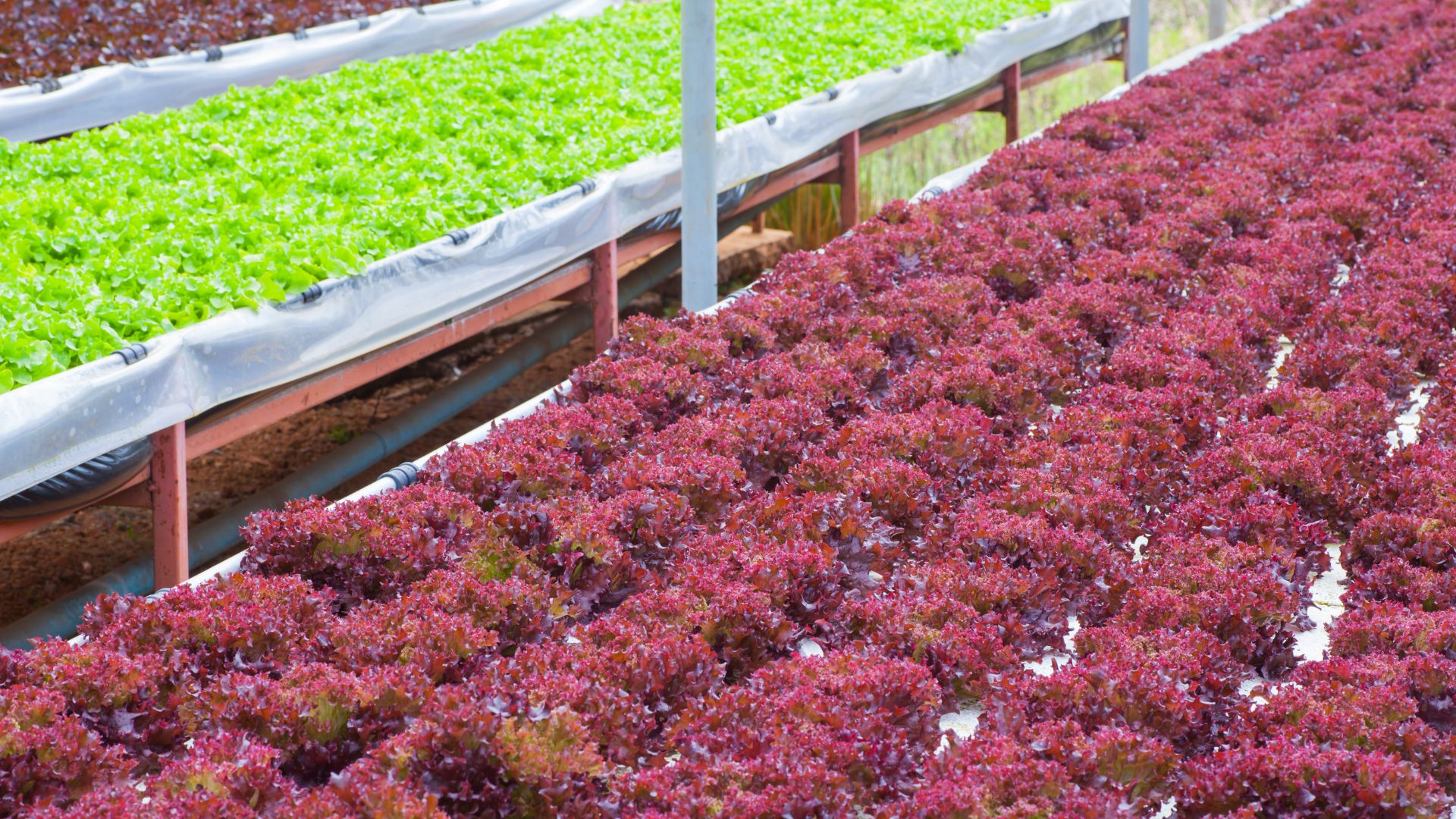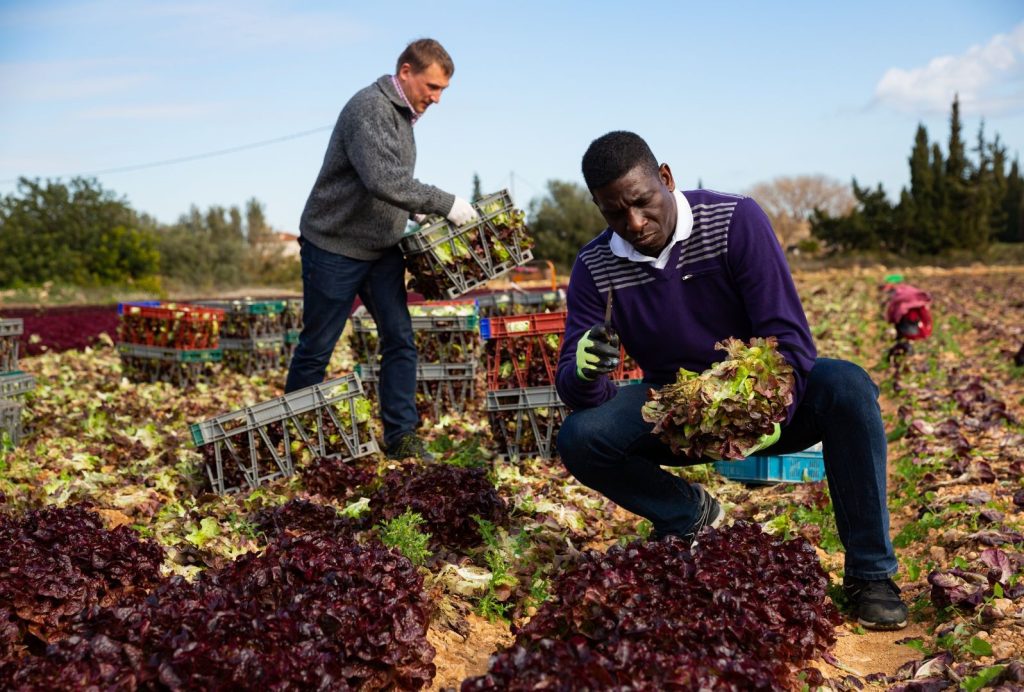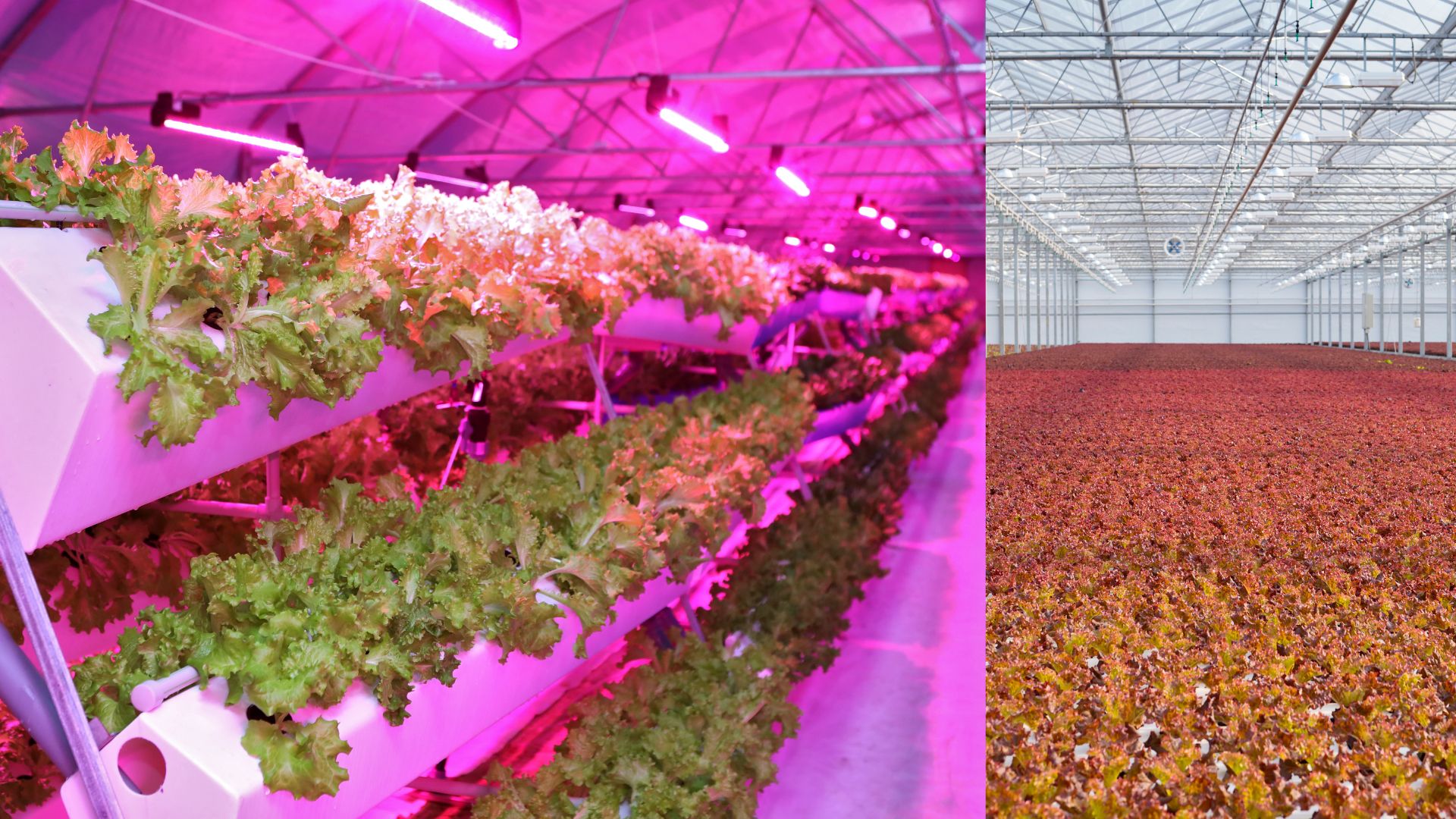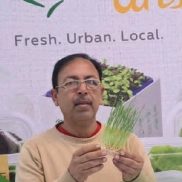The challenge of producing red lettuce variety on an indoor farm

This post is also available in:
This post is also available in:
![]() Español (Spanish)
Español (Spanish)
Indoor farming mimics nature to produce plants with commercially desirable characteristics.
The ultimate goal of indoor farming (Vertical, City farming, Greenhouse Farming) is to produce or grow fresh, tasty, and healthy crops anywhere in the world. The latest innovations and technology explore the horizons of opportunities to grow plants of different climatic zones in the same available area by providing a suitable environment so the plants can thrive.
If you are a grower, it sometimes becomes challenging to fully understand nature and each diverse crop’s specific needs that may alter in different environments. Some plants flourish well in the tropics (with high moisture & heat), others in Arid deserts or mountain slopes/peaks. Some species of plants acclimate on their own and be bred into new varieties that can grow successfully in different environments. However, the situation is entirely different when you decide to grow plants indoors by providing climate-controlled conditions in vertical farming. 
Figure 1: Plants grow at high altitudes surrounded by snowy peaks of the mountain (Pakistan) photo taken by Khalil ur Rehman.
Suppose you are a farmer or hobby gardener. In that case, the basic things you know all the plants need are moisture, nutrients, light, temperature, humidity, and CO2, all of the basic requirements of the plant’s life cycle, but the different plants have different needs. For example, some plants need a lot of water, like spinach and lettuce, but tomatoes, on the other hand, require less.
In vertical or indoor farming, we provide a similar climate to plants as their original climate needs. So our first and most important decision before designing the controlled environment facility is what kind of plants we want to grow. What’s their climate requirement? For example, spinach is a cold-season crop and needs temperatures between 15 – 20 °C (best growth), especially at the start of the growth cycle; if the temperature rises above 20°C, bolting (Flowering) may occur.
When we talk about city farming (Vertical Farming, Hydroponic Farming), it does not mean we are only considering the ideal climate and the best plant need; we also consider the customer requirements like color, taste, and quality.
For example, we are growing red lettuce variety. If we compare the open and indoor production systems, we will observe that the red lettuce color will be dark/deep in the open field growing system compared to the controlled environment. In an open field, the red lettuce encounters various environmental changes that are interpreted as “Stress factors,” like temperature variation and light (UV radiations); these factors provide the lettuce produce a protective pigment (anthocyanin) that gives the lettuce its red coloration.
We can create such types of stress factors even growing crops in the indoor vertical farming system; those stress factors are neither good nor bad for plants. They only provide a mechanism to survive through different climatic changes in Nature; this plant coping mechanism is good for the consumer, who is used to seeing red-pigmented lettuce and would not accept a variety of lettuce that is green or light even the produce supposed to be healthy, fresh too.
One of the stress factors is light. Plants require light to complete their growing cycle. Light plays an essential role in different plant metabolic functions as well as crop quality; yield and pigmentation are associated with a proper supply of light and duration of light; mostly plants require 12 – 14 hours per day, insufficient light results weak, spindly and lower quality produce as compared to the plants gets proper and sufficient light will be healthy, vigorous, tasty and vibrant in color.

Figure 2: The same variety of red-green oak lettuce being grown indoors using various duration of light.

In a vertical farm, we can create specific climate and lighting conditions that mimic a crop’s natural environment to get the best results. In the case of the red-green oak lettuce, we can even simulate the environmental changes it undergoes to trigger the plant to produce the characteristic photo-protective pigments it is known for.
In a controlled environment, all the settings of these conditions, we call them a “growth recipe” Our goal and objective is to create such types of strategies to provide the right and proper conditions to cultivate the plants while designing the grower’s required strategy and also considering the consumer need.
Further reading
Integrated management of Pythium in Hydroponic Lettuce
The challenge of producing red lettuce variety on an indoor farm









































































